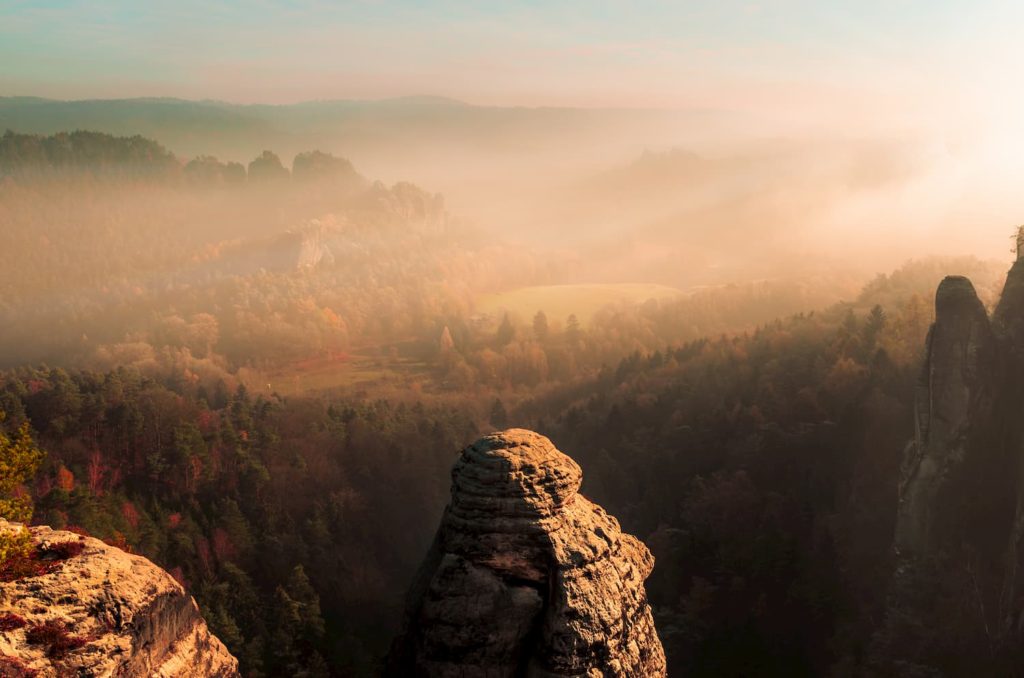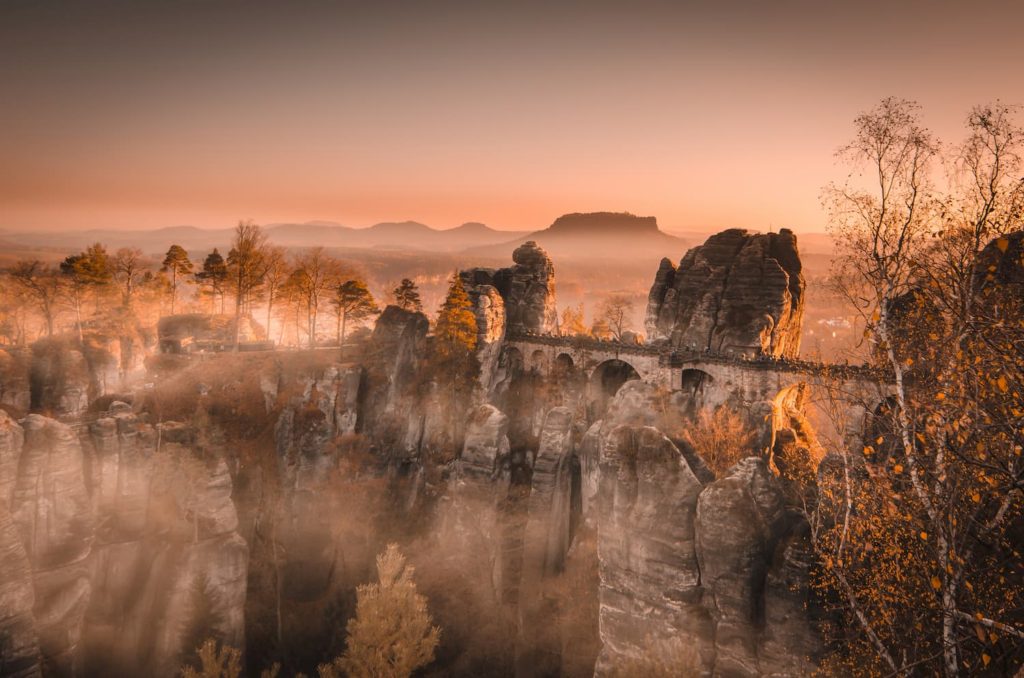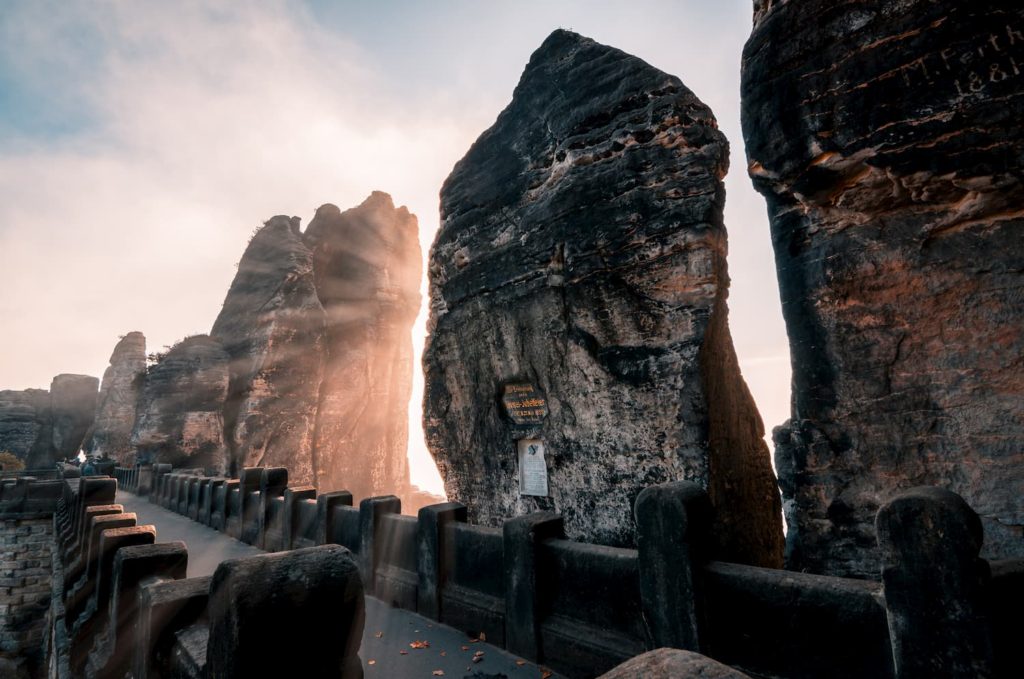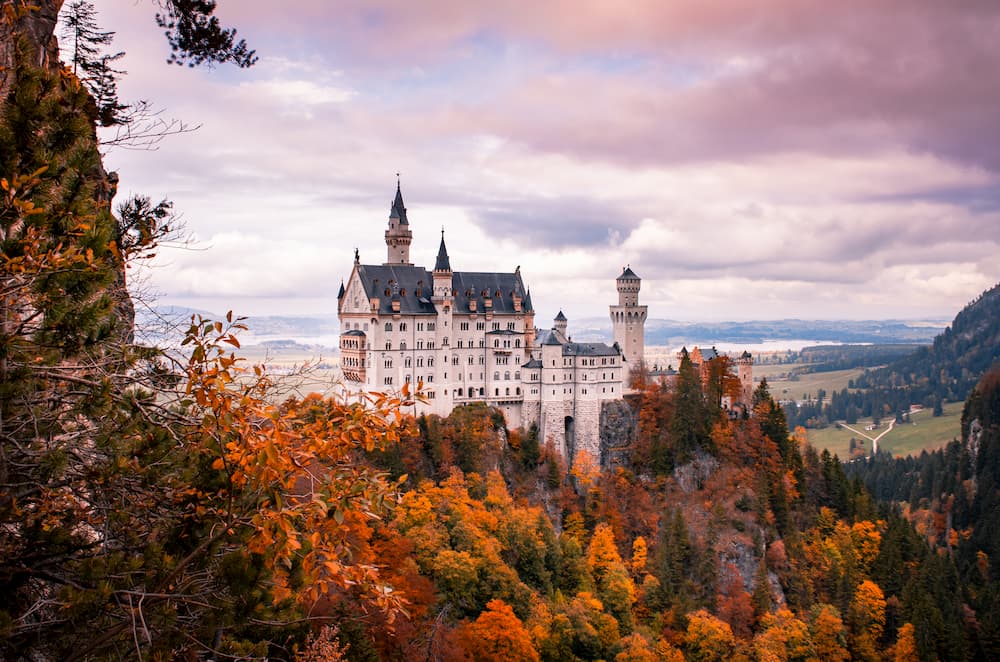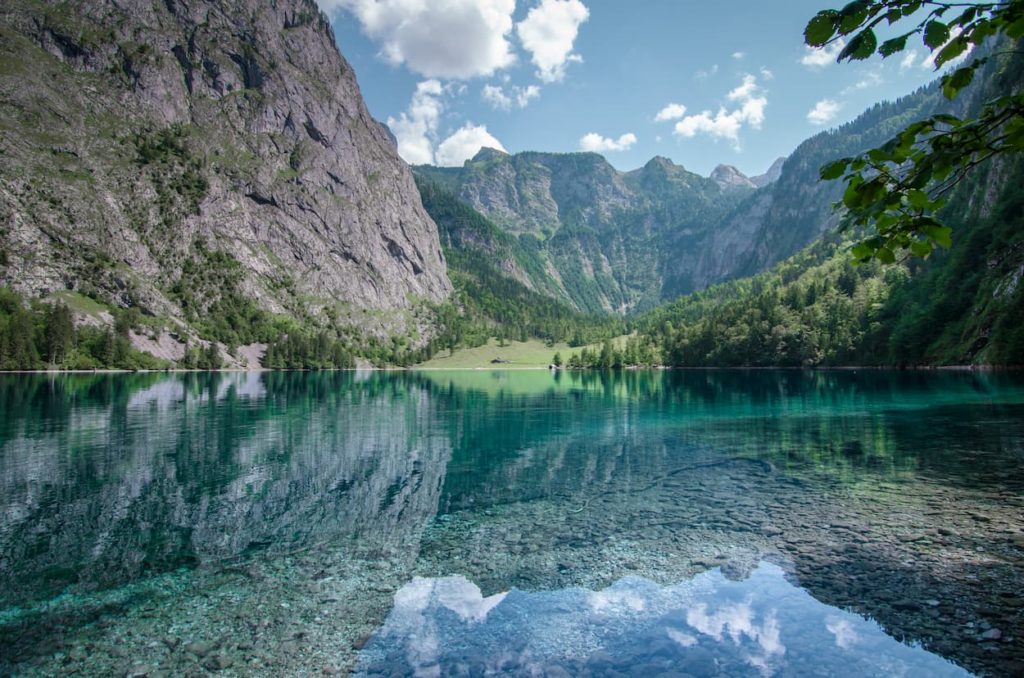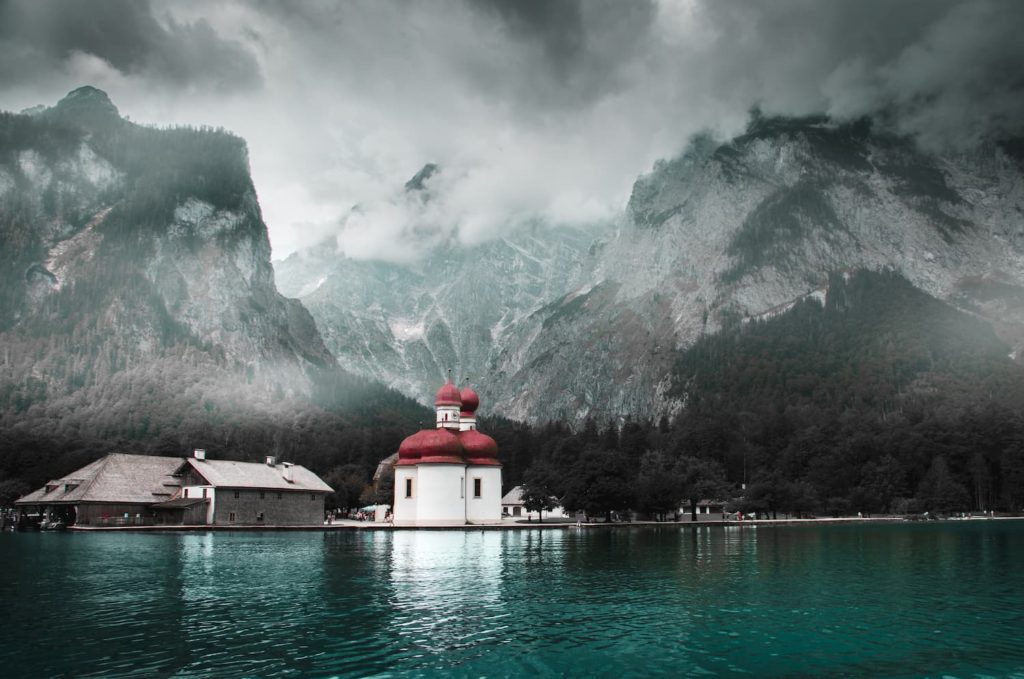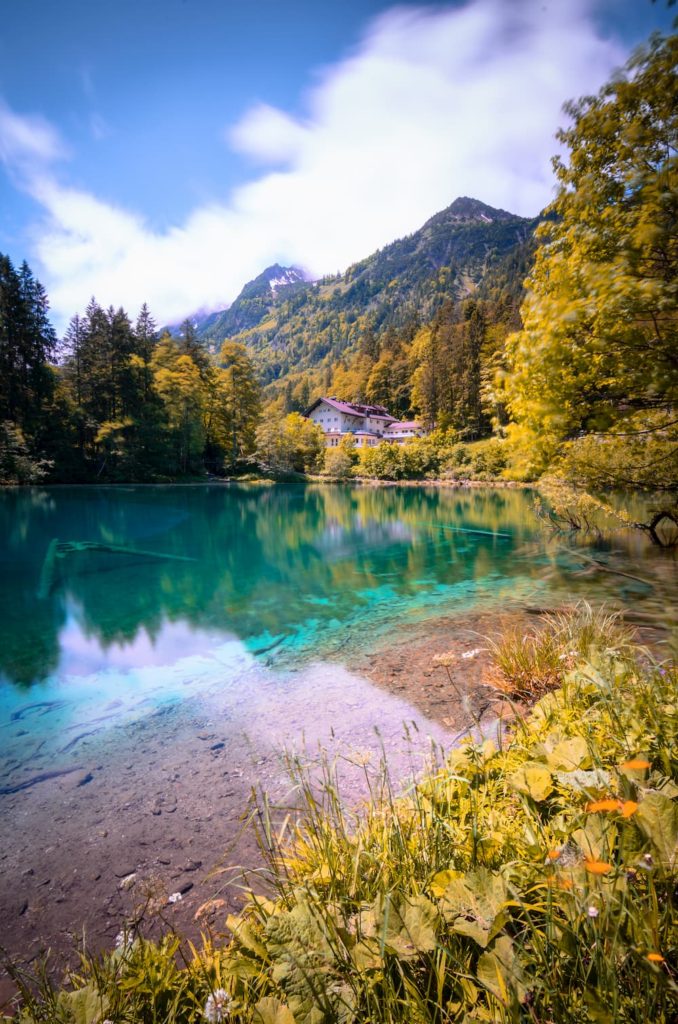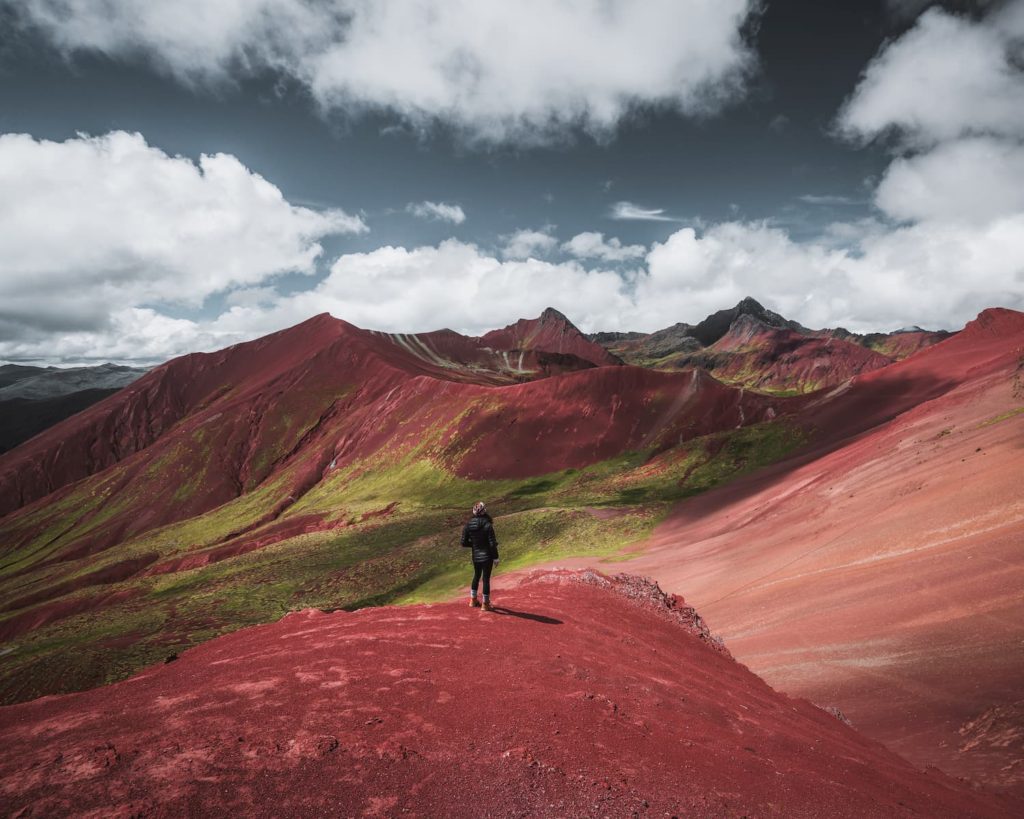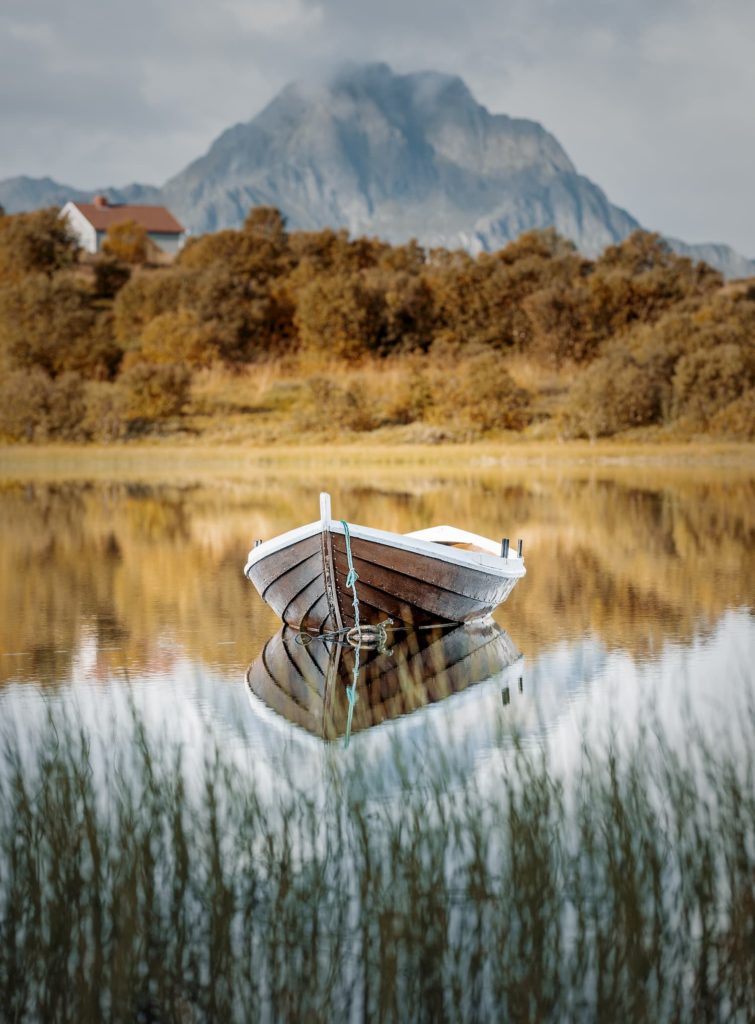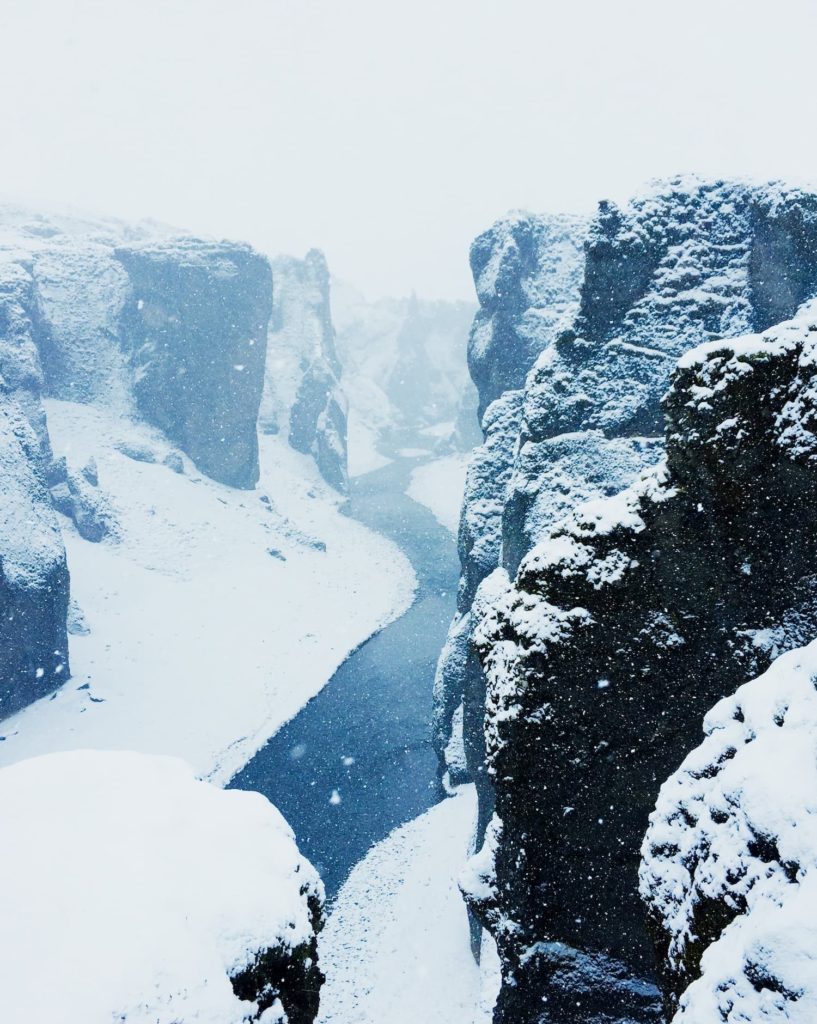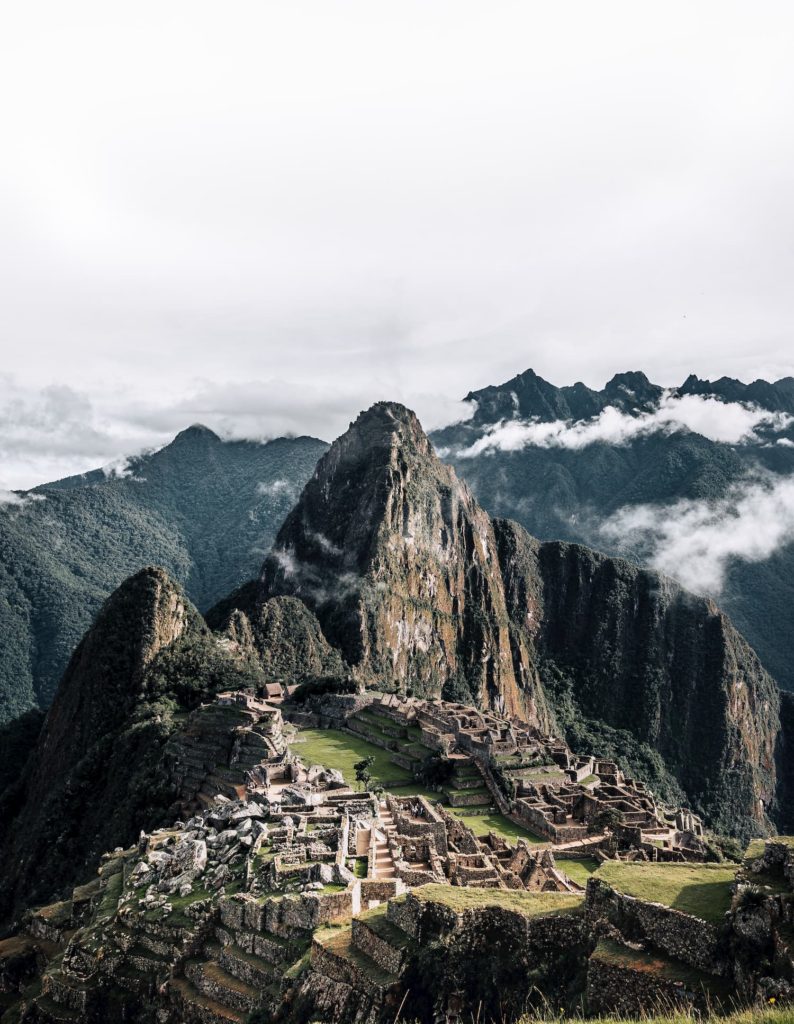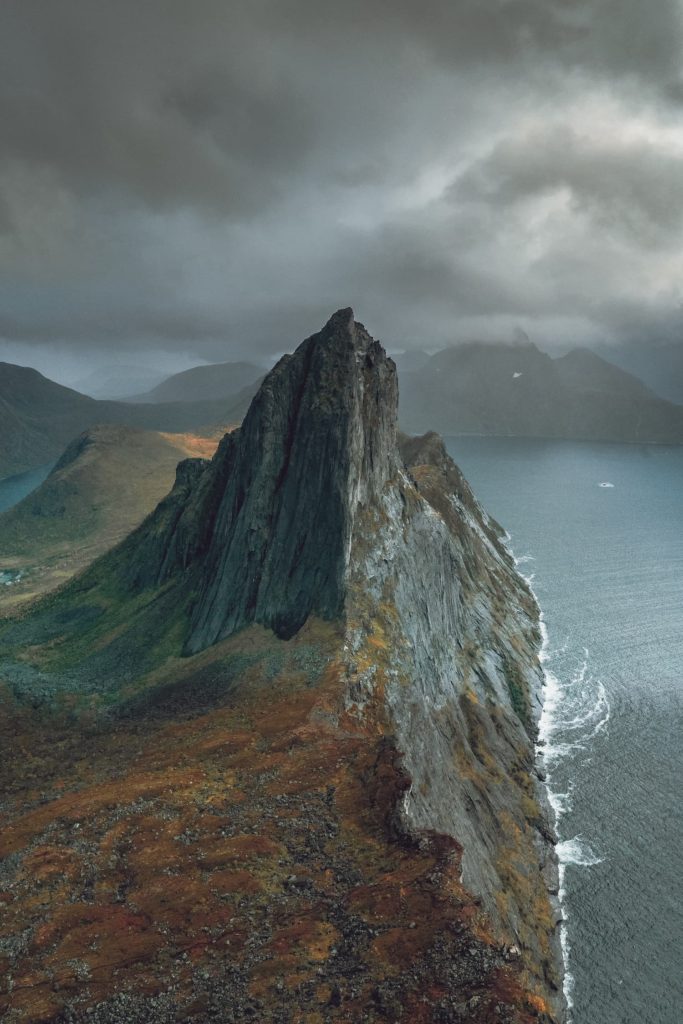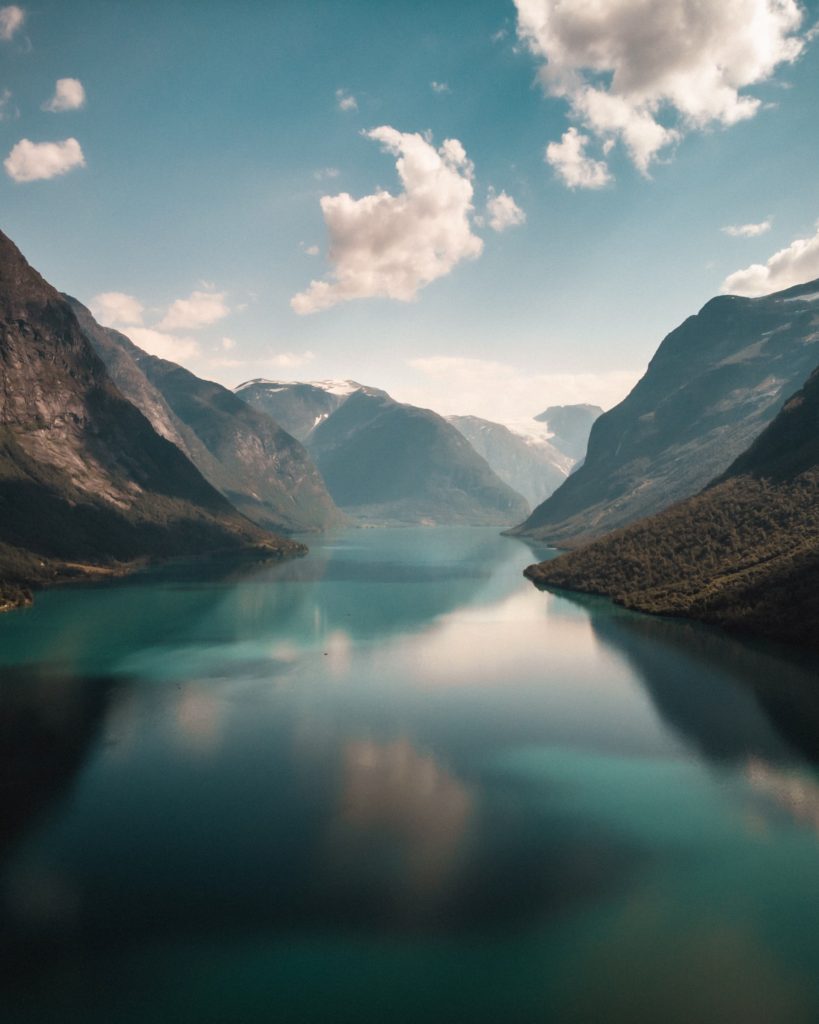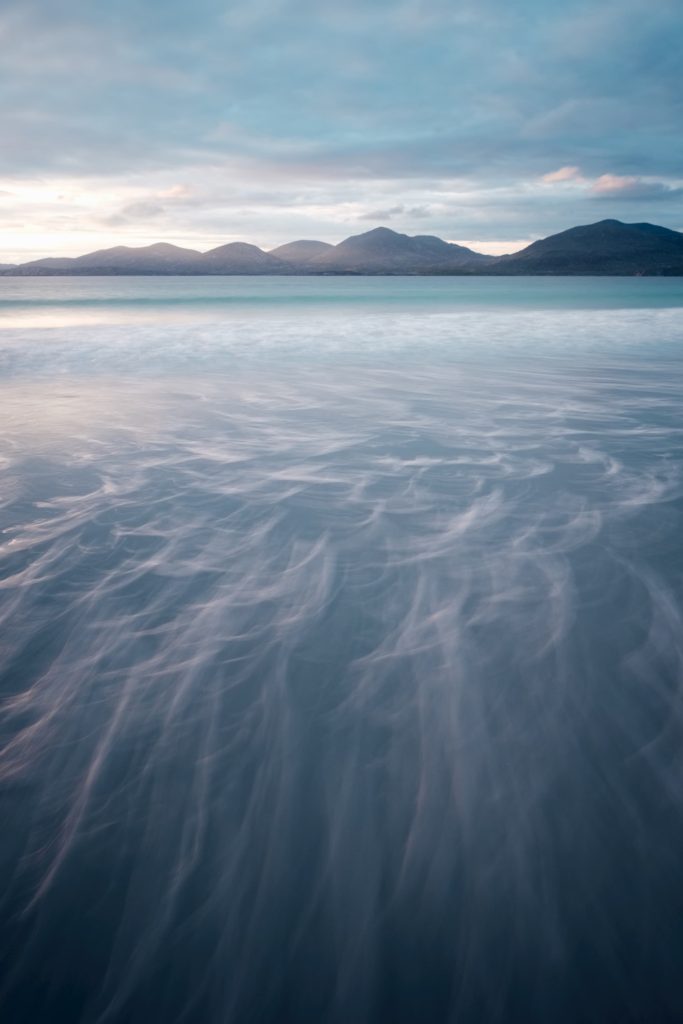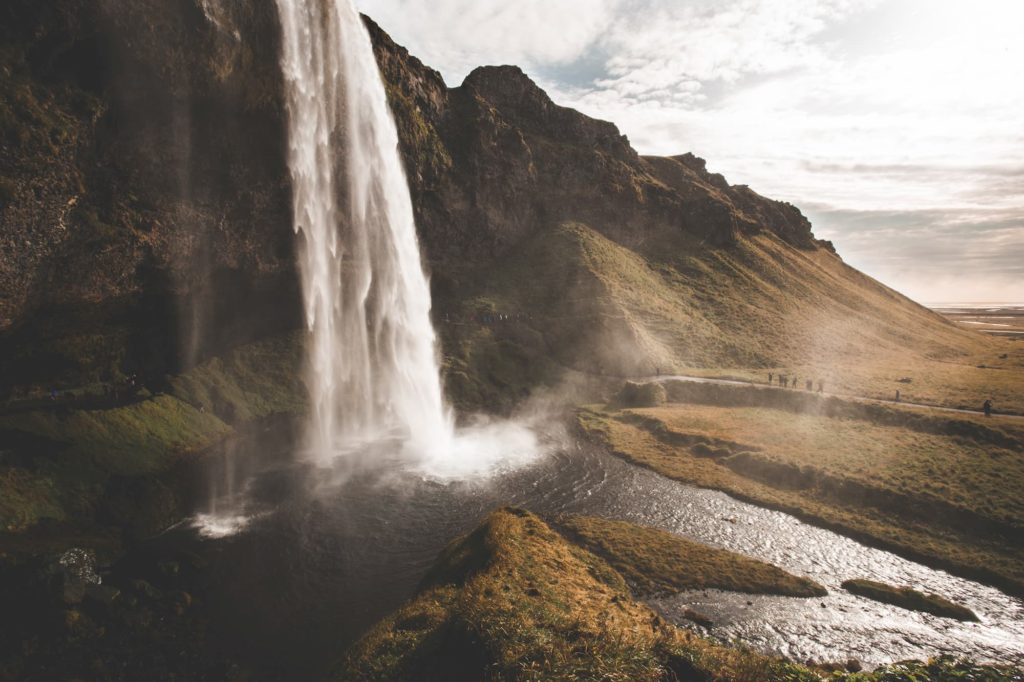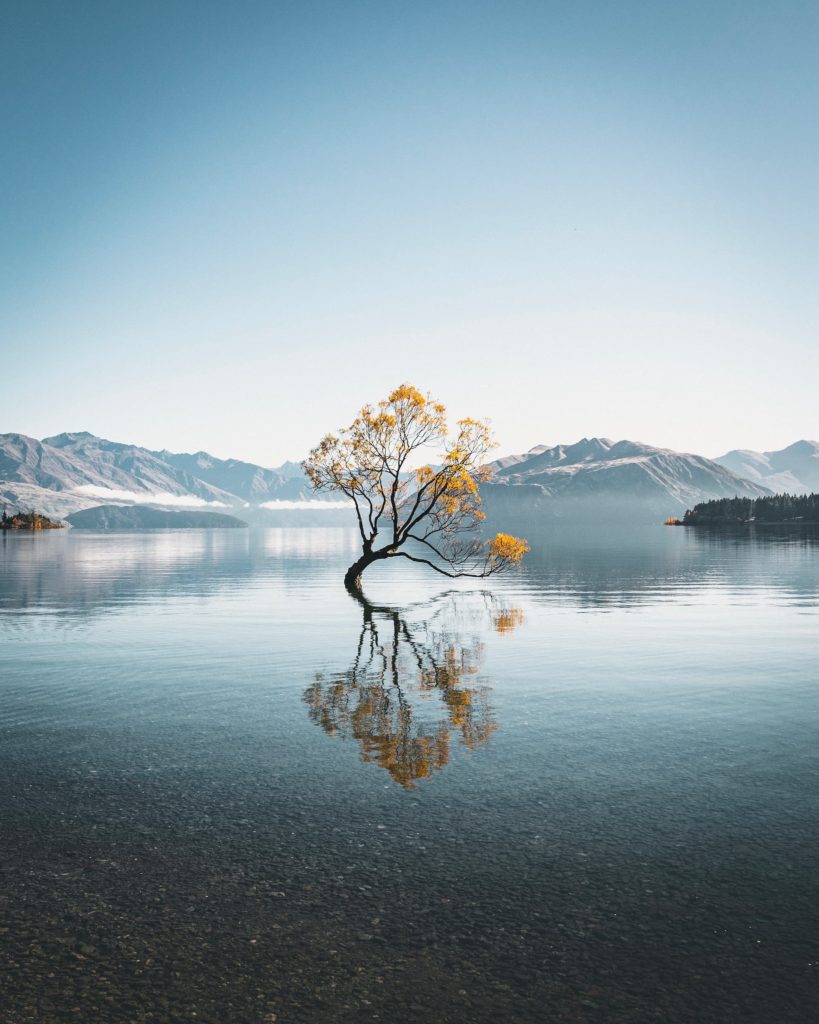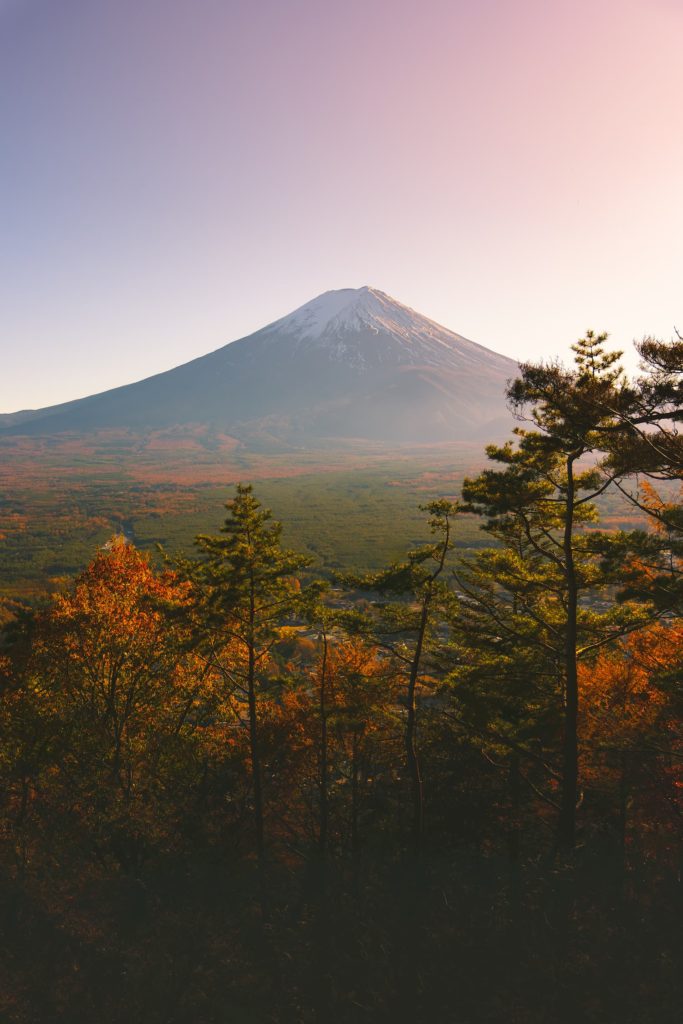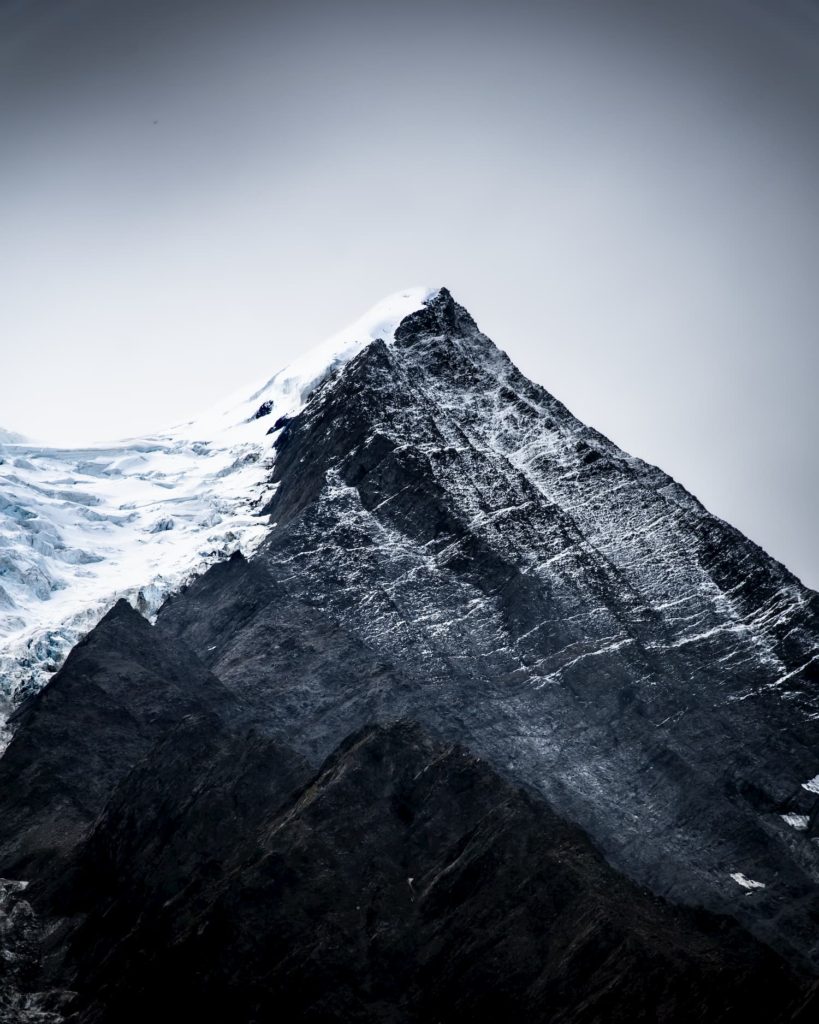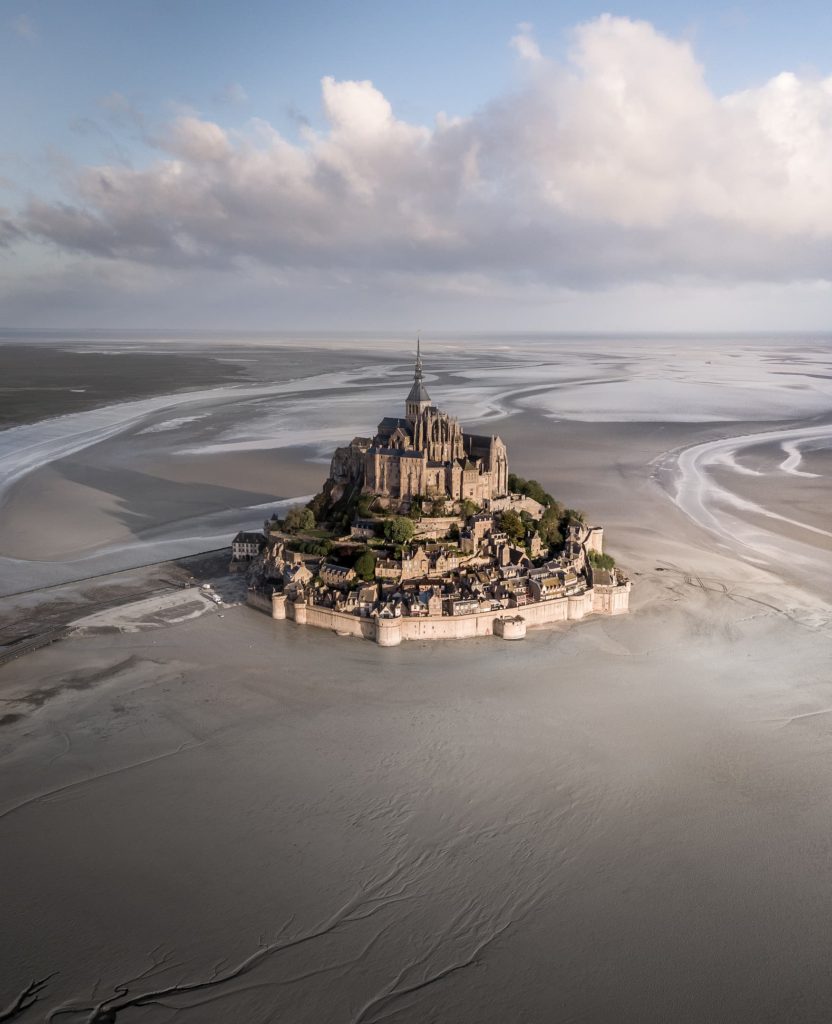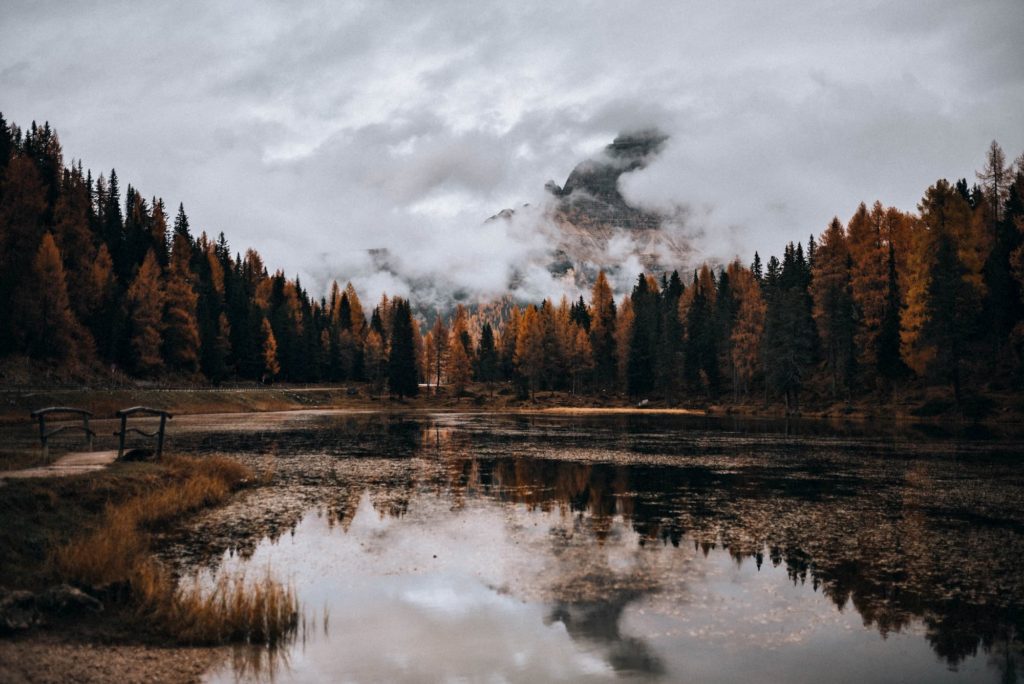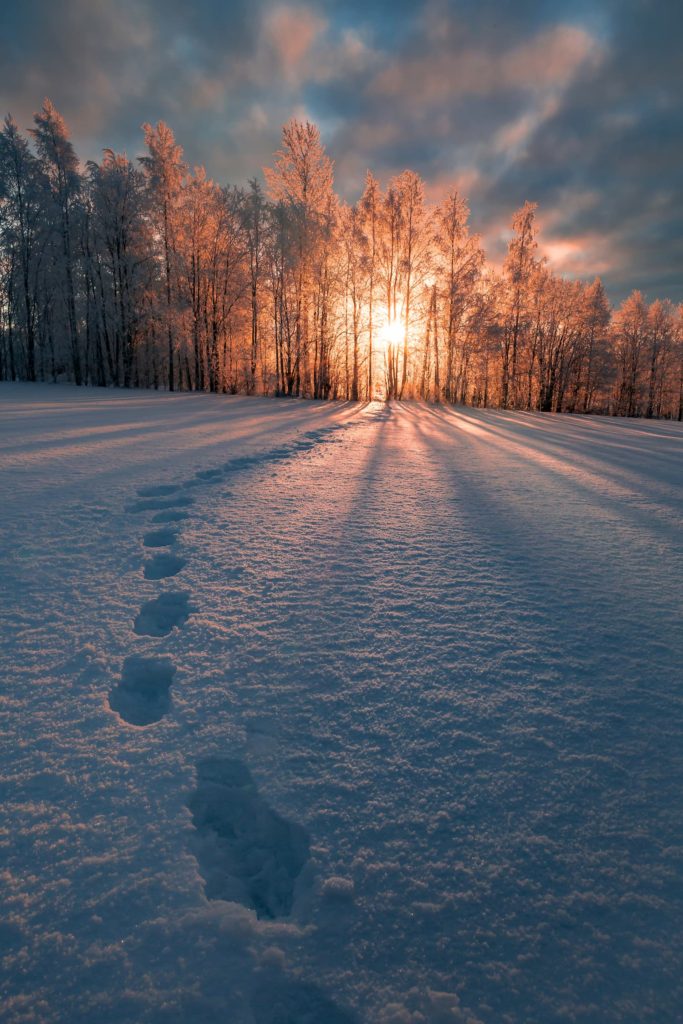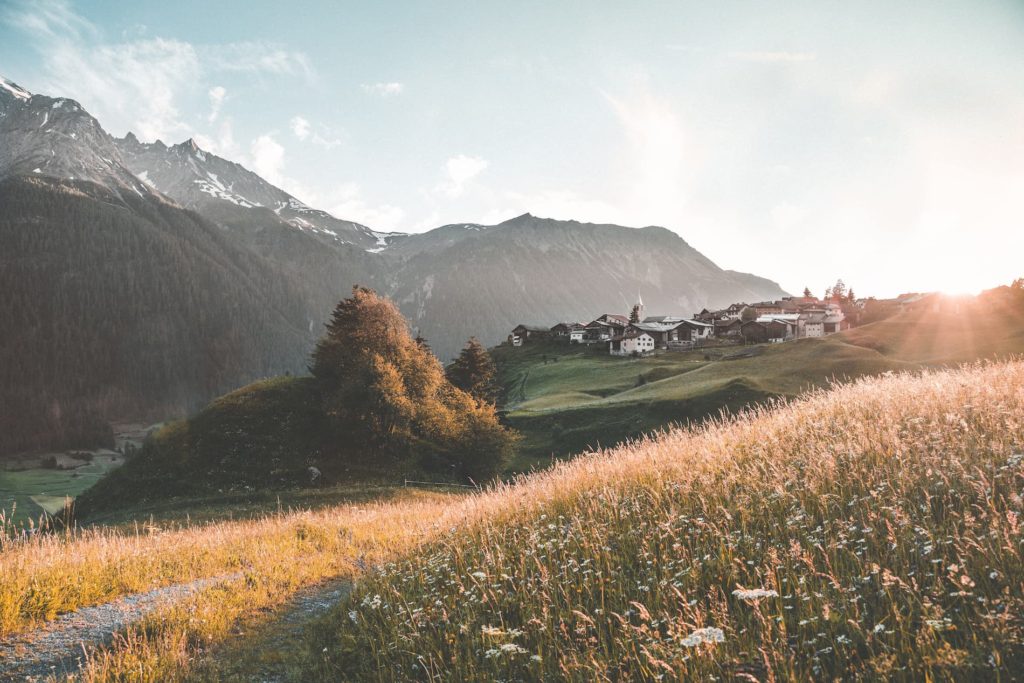
Sascha Pictures
@sascha1107
Landscape photographer based in Germany
I was not always aware of the beauty that surrounds us and the great experiences we can live by traveling and immersing ourselves in nature. In the past, material things were more important to me. I mainly worked for fast cars and big TV’s. However, I remember I wanted to see as much of the world as possible, so when I was 20 I had planned my first big trip; a cruise to the Canary Islands. I wanted to get as many impressions as possible in a short time, and this seemed a perfect way to achieve that. Back then I used my cell phone – one of the first phones with camera – to capture the amazing landscapes.
"The desire to take better pictures was there, although at that point I had no idea that photography would ever play such a big role in my life in the future."
My materialistic approach and idea about photography changed drastically during a wonderful weekend trip to the Alps. I suddenly realized that experiences like these are much more valuable; while material things are perishable and breakable, experiences and memories stay and contribute to your happiness in the long term. I noticed that, every time I visited beautiful places, I could not capture the scene as I would have liked. Even more than capturing the scene, I wanted to immortalize memories and experiences – which are now precious to me. That drove me to do more photography. First it was a tool to help memories last over the years to come.
"In the meantime, it has become a kind of addiction and I can no longer imagine traveling without my camera."
From the day it became clear to me that traveling and photography would be an important part of my life in the future, I also quickly realized that it is not easy to take great photos. The first results were of course anything but satisfactory for me. The biggest obstacle for me, as a rather impatient person, was to stay tuned until I reached my goal. Ultimately, the will and ambition was greater than any obstacle. My pictures got better and better step by step. Mainly through my own experiences and trying it out. I never attended a photo course or the like, but taught myself photography using different sources. I have always been very enthusiastic about the work of Benjamin Jaworskyj and Stephan Wiesner.
"Above all because they can pass on their knowledge very well in an interesting and informative way."
I think you can and should always improve. If you are 100% satisfied with your work, you will probably not do this anymore because there’s a lack of motivation to keep getting better and learn more. I will continue to gain experience and try everything possible. Soon I will build my own website to make photography accessible and enjoyable for other people and help them. I know myself how difficult it is to get started so I would love to make it easier for others to take these first steps and get started too. I am thinking about appropriate knowledge articles and some instruction videos, going step by step.
"Almost with every experimental lesson about photography, I learn something useful to make trips more effective and pleasant."
Last year in August I was hiking and taking pictures in Scotland. On this trip I learned to be prepared for anything that might possibly happen, even though you can never be sure, of course. One morning when I woke up in my cabin in the middle of the forest in the Scottish Highlands; it seemed to be a beautiful sunny day. I packed up my photographic equipment and only took a thin jacket with me as it was also quite warm. Unfortunately the weather god was only on my side up to half of my hike around a beautiful lake (in Scotland it is called “Hole Lake”).
"Within a few minutes, the weather changed from blue skies and 18 degrees to heavy rain, storms and freezing temperatures."
The constant weather changes were really violent. The way back to my hut would have taken about 2 hours, so I first looked for shelter in the thickets. There I could calmly think about how stupid it was not to take weatherproof clothes with me after having heard so many stories about unpredictable Scottish weather. Fortunately, it was over as quickly as the storm came. I was cold and completely soaked, but the atmosphere, the clouds and the light were just terrific. A perfect moment to get the camera out of my backpack and take some spectacular photos! The day and the hike were both successful and educational. Since then, I have always have weatherproof clothing with me on longer trips and enough food and water.
It is also nice to have a friend to play around with in between the long exposures, which can sometimes take 5 – 20 minutes. I would say that long exposure is probably my most important and absolute favorite technique in photography. You can make things visible that you would otherwise never see. This makes each photo even more unique. No long exposure looks like any other. Not even if I took an identical photo directly on the same spot, because the lighting conditions are always different over a long period of time and that really shows.
"With long exposure it is always important to have “still” objects in the photo that are not moving. Ultimately, these will be shown very sharply."
However, it is just as important to include moving elements such as water or clouds; these will appear very “smooth and soft” in the photo. The combination of the two results is an impressive photo that not everyone has and that’s why I enjoy applying this technique so much. I am very lucky that the Bavarian Alps are not that far from my home. What fascinates me most is the combination of beautiful lakes with the mountains in the background; these scenes are also ideal for long exposure.
I also really like to make my pictures look three-dimensional, so I often capture pictures with a very narrow aperture (f / 12 – f / 18). This enables me to focus on all objects in the photo. Both the foreground, which is only a few cm in front of the camera, and the background, which may be kilometers away. Then, when editing, it is important to me to improve the scene that really existed. I’m not a fan of photo montage (swap sky, remove or add elements, etc.) The edited photo should show the same motif as the RAW file on the camera. However, certain things should be highlighted and I mostly pay attention to the light and the coloring.
Photography is an art and everyone does it differently. The combination of preferences, perspectives and emotions when either framing, photographing and editing always results in a unique piece of art. Inspiration from any kind of source is an important asset in here too as it influences and stimulates creativity. That is why I belief it is so valuable to share experiences together and help each other to capture the most beautiful moments in our life. When being immersed in nature, far away from everyday life and people around, I feel free. I forget my worries for a moment.
"My passion is to capture these moments, save memories for eternity. And I love to help others saving theirs, in a beautiful way, for eternity."
Would you like content like this sent to your inbox?
MUST READ STORIES OF APRIL
MUST READ STORIES OF MARCH
MUST READ STORIES OF FEBRUARY
MUST READ STORIES OF JANUARY
NOMADICT
ART GALLERY
THE LATEST STORIES
WRITEN WITH PASSION TO INSPIRE YOU

Miroslav Maršík (@miromarsik): Photographer based in Czech Republic
In this article, Miro shares how his love for cinematic music evolved into a deep passion for photography and how he uses light, color, and atmosphere to turn the streets of Prague into living film scenes.

Aurora photography panorama workflow: A guide to camera settings, editing, and color
In this article, Stefanie reveals how her background in physics sparked her passion for astrophotography and how she blends science with creativity to capture the beauty of the night sky. Readers will discover her approach to color, contrast, and editing, as well as her aurora photography workflow.

Yhabril (@yhabril): Best of the Week 33 at #nomadict
Spanish photographer Yhabril captures the profound connection between humans and the mountains that shaped him. Growing up in the Pyrenees, his work bridges outdoor sports, landscapes, and celestial scenes — often blending athletes, moonlight, and wilderness into striking visual stories.

Ariane Totzke (@besondersschwierig): Photographer based in Switzerland
In this article, Ariane shares how photography helped her navigate personal challenges, connect authentically with people and animals, and develop a philosophy rooted in empathy and artistic freedom. Readers will also discover her ethical approach to wildlife photography and her trusted equipment for both camouflage techniques and cameras.

How to photograph Dutch tulip fields: A guide to light, gear, composition, and colors
Discover how to photograph Dutch tulip fields in their most magical light. From choosing the right gear and lenses to mastering composition, color, and aerial perspectives, this guide shares creative techniques to capture the beauty of the Netherlands’ tulips. Learn how light, color grading, and proportion bring emotion into every frame.
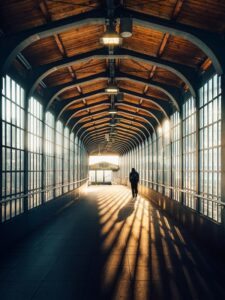
Cinematic city photography: An essential 6-step workflow
In this article, you’ll learn how to read and use light in your home city, choose the right technical settings for low-light scenes, and refine your editing workflow to shape color and atmosphere step by step. In addition, Dominik shares how to find fresh perspectives on familiar locations, five lessons that transformed his photography, and insights on the future of street photography.

Kyle van Bavel (@kylevanbavel): Photographer based in the Netherlands
Kyle van Bavel is a macro photographer with a distinctive, dreamy style that transforms the unseen details of nature into magical worlds. In this article, he shares how his unique vision, shaped by a journey of self-learning and overcoming dyslexia, has become his greatest creative strength.

Inês Preto (@minespreto): Best of the week 20 at #nomadict 2025
Inês is a nature photographer drawn to wild, remote places where weather, wildlife, and mood shape her storytelling. In this article, she shares the behind-the-scenes journey of capturing the Best of the Week image: a puffin trio on the Faroe Islands. She explains how she approached the edit of this image, and shares key lessons she’s learned through experience.

